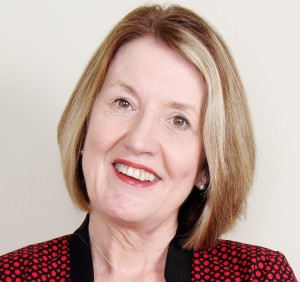Being able to invest in the great Australian dream of real estate like a house or that holiday unit at the beach is one of the definite pros about having a self-managed super fund (SMSF). There is also, however, a need to be aware and to avoid the top five mistakes that people make when investing in property through their SMSF.
1. They don’t understand the rules. In all their excitement people just rush in and sign a contract without fully understanding the SMSF rules surrounding having property in an SMSF. This is especially true where people choose to borrow to invest in property through their SMSF. It’s not that straight forward and compliance advice is essential to make sure everything is done properly. If it goes pear shaped, it could be a costly mistake with possible fees and fines and even having to sell the property.
2. They don’t subjectively look at other investment alternatives. Proper financial advice is the key here. Is this the right investment for their SMSF? It’s all about ensuring people are getting the best rate of return on the investments in their SMSF, given the risk they are willing and should be taking. A good financial advisor will be able to review the risks involved as well as people’s circumstances such as age and how close they are to retirement, This will affect things such as risk appetite and whether property is the best investment for their super fund
3. They think that borrowing to purchase a property can’t be that hard. There are of course those rules that make it complicated and also the costs. Those costs include the need to set up a separate trust structure to hold the property. This is required because an SMSF is not able to borrow so it is done through another entity called a Bare Trust. Banks may also charge extra in the loan application because they have to look at all the various trust deeds and other documentation to ensure that everything has been put in place properly. In addition, they may want the SMSF to put in a substantial deposit on the property so that they are cutting down on the risk to the bank through lending a lesser proportion of the cost of the property. There may also be the requirement to give a personal guarantee. This is definitely an area where good advice is essential.
4. They think they can live in it or holiday in it. People think that they can go and live in the property and just pay rent to the SMSF or go for holidays if it’s a holiday home or unit. This is definitely against the rules and is not allowed until retirement. The only exception is if the SMSF buys commercial property, and the members of the SMSF have a business, then they can rent the commercial premises from the SMSF. Of course the rent must be at a commercial rate.
5. They think that it’s okay to put all their eggs in one basket. There is a certain amount of risk if the property is the sole or major asset of the SMSF. It means that this would be the sole revenue generating source and what if there are problems renting the property?. This means that the SMSF will not be providing the return that is required for a happy retirement. The members may be forced to contribute more to the fund than they are comfortable with to cover the costs associated with having the property. One of the important factors is diversification, or having a few different investments, so that the SMSF is not only spreading the avenues for return on investment, but also the risk.

Audrey Dawson is Director  of Super Confidence and Author of “Holy Crap! Where’s My Super Gone?! Self-Managed Super Made Simple.” www.superconfidence.com.au
of Super Confidence and Author of “Holy Crap! Where’s My Super Gone?! Self-Managed Super Made Simple.” www.superconfidence.com.au


